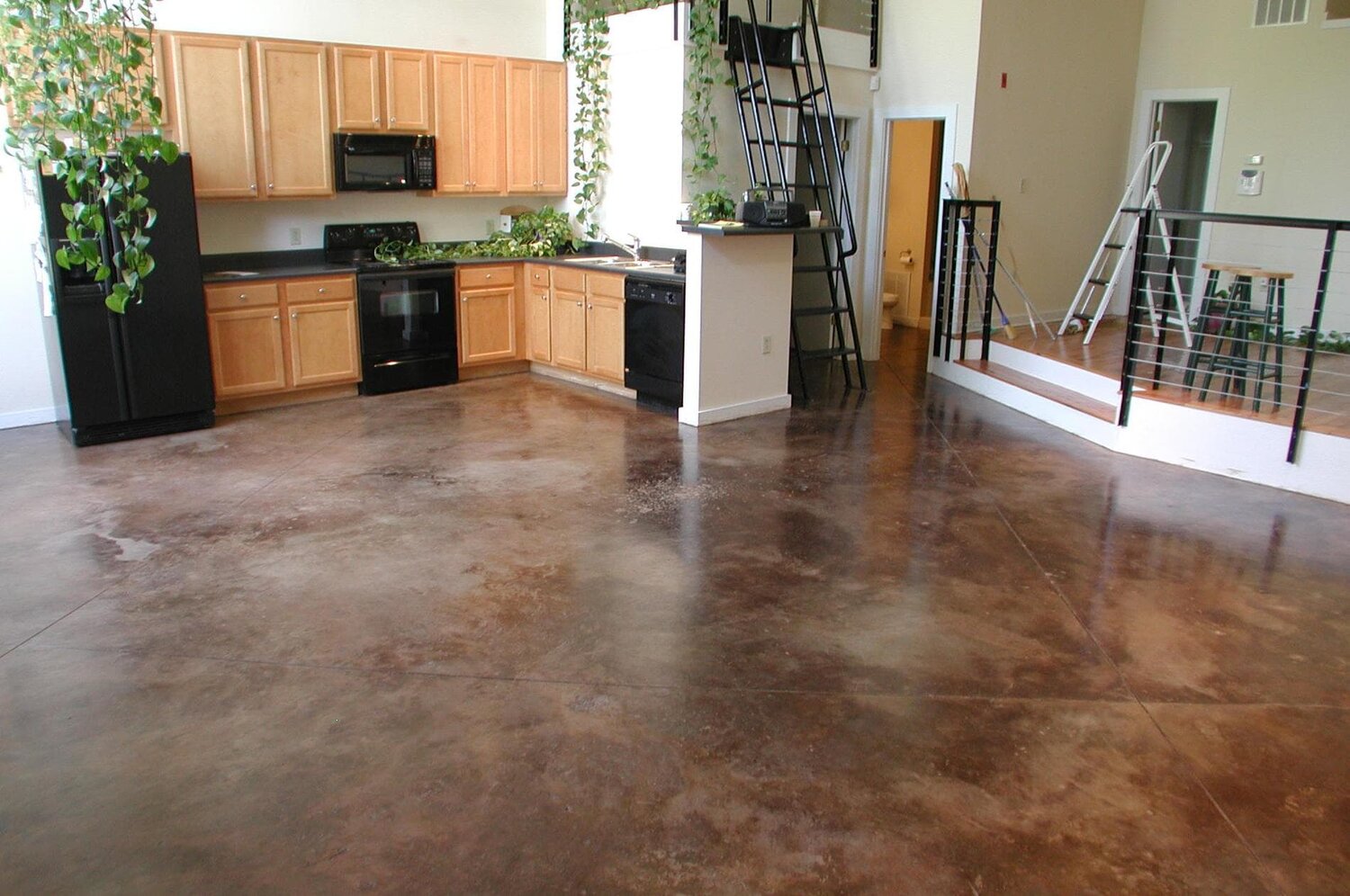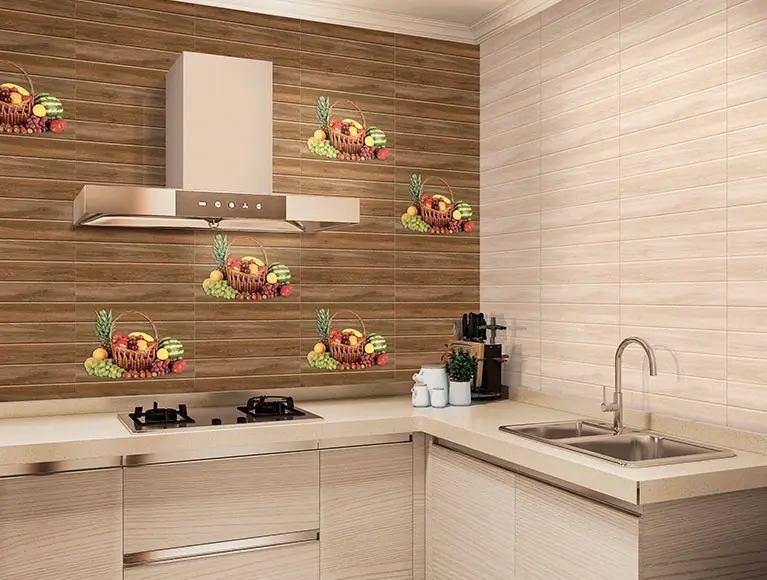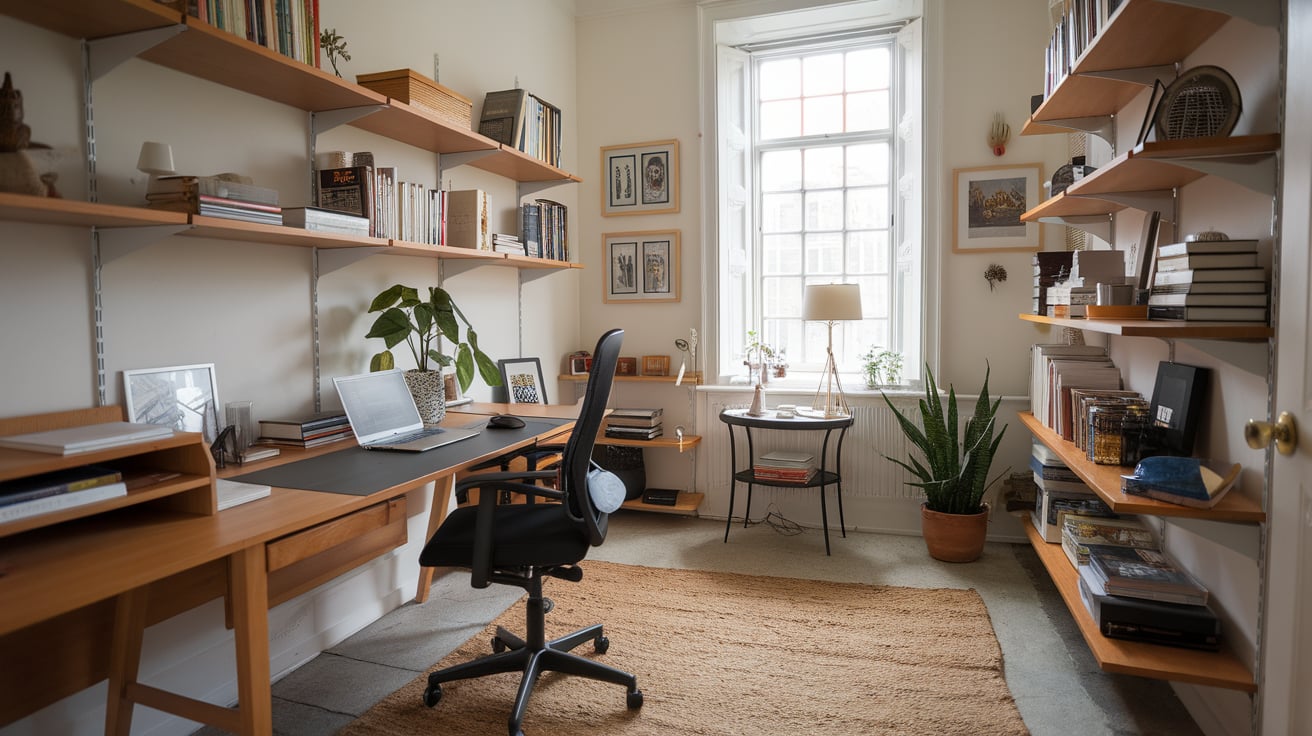Concrete floors have become a popular design element in modern homes. Whether in a basement, garage, kitchen, or studio, these floors offer durability, versatility, and a blank canvas for creative expression. One of the most effective and budget-friendly ways to enhance indoor concrete surfaces is through paint. With the right approach, indoor concrete floor paint ideas can transform dull gray slabs into stylish, comfortable, and functional living areas.
In this guide, we’ll explore the best concrete floor paint options, creative design ideas, application tips, and everything you need to know to make your concrete floors look beautiful and last for years.
Why Paint Indoor Concrete Floors?
Painting concrete isn’t just about aesthetics—it also adds protection. Indoor spaces can benefit from smoother, sealed surfaces that resist dust, stains, and moisture. Here’s why homeowners choose paint:
- Improves appearance instantly
- Protects against wear and spills
- Easier to clean and maintain
- Allows for customization to match your decor
- Affordable compared to flooring replacements
Choosing the Right Type of Concrete Floor Paint
Not all paints are created equal. The type of paint you choose will impact durability, finish, and ease of maintenance. Here are the main types of paint used for indoor concrete floors:
1. Epoxy Paint
- Best for durability
- Chemical- and abrasion-resistant
- Offers a glossy, showroom-style finish
- Ideal for garages, kitchens, basements
2. Latex Acrylic Paint
- Easier to apply and touch up
- Good for light to medium traffic areas
- Available in more color options
- Dries faster than epoxy
3. Polyurethane-Based Paint
- Highly durable and resistant to UV
- Used in industrial settings but suitable for high-traffic indoor areas
4. Stain or Dye
- Not technically paint, but offers a semi-transparent look
- Great for a natural or marbled effect
- Enhances the natural texture of the concrete
Indoor Concrete Floor Paint Ideas for Every Room
Now that you know what kind of paint to use, let’s get inspired by creative design ideas for various spaces.
1. Modern Minimalist Gray
A soft, matte gray finish is timeless and works well with minimal interiors. Pair it with white or wood-tone furniture for a clean, contemporary vibe.
2. High-Gloss White for a Clean Look
Use high-gloss epoxy white paint to brighten up darker rooms like basements or laundry areas. It reflects light and makes the space feel larger.
3. Faux Tile Pattern
Use painter’s tape to create gridlines and paint your concrete in two tones for a faux tile appearance—perfect for kitchens or sunrooms.
4. Checkerboard Design
This classic style works wonders in entryways or studios. Black and white, or soft neutral checkerboards, add retro charm and visual interest.
5. Bold Colors for Personality
Add pops of navy, deep green, or mustard yellow to create an artistic statement. Works well in game rooms or children’s play areas.
6. Marbled Concrete Paint Effect
Create an elegant marbled appearance using concrete dyes or stains. This is perfect for living rooms or home offices that need a touch of luxury.
7. Painted Area Rugs
If you love the look of rugs but hate dust and dirt, try stenciling an area rug directly onto your concrete with multi-color paint.
8. Industrial Warehouse Vibes
Go with dark gray or charcoal tones and keep it raw and matte. A good choice for loft-style homes and workspaces.
Step-by-Step Guide to Painting Indoor Concrete Floors
Proper preparation and application are essential to achieve a long-lasting result. Follow these steps:
Step 1: Clean and Prep
- Sweep and vacuum thoroughly
- Remove old paint, grease, or debris
- Fill cracks with patching compound
Step 2: Etch or Sand the Surface
- Etching helps the paint bond better
- Use a concrete etching solution or sanding machine
Step 3: Prime (If Required)
- Some epoxy paints require a primer coat
- Improves adhesion and durability
Step 4: Apply Paint
- Use a roller for large areas, brush for edges
- Apply at least 2 coats for rich color and full coverage
- Allow drying time between coats (usually 24 hours)
Step 5: Add Sealer (Optional)
- Enhances durability and gloss
- Protects from scuffing and stains
Tips to Maximize Durability and Style
- Choose light colors for small rooms to make them appear more open.
- Use anti-slip additives in areas where moisture might be a concern.
- Avoid overloading the floor too soon—wait 5–7 days before heavy furniture.
- Test your paint on a small area first to check color and finish.
Common Mistakes to Avoid
Even great ideas can go wrong without proper execution. Here’s what to steer clear of:
- Painting on damp or unclean surfaces
- Skipping surface prep
- Using exterior paint indoors
- Not allowing proper curing time
- Overlooking sealing in high-traffic zones
Is Painting Concrete Floors Worth It?
Absolutely. Painting indoor concrete floors is an easy, cost-effective way to rejuvenate your home’s interior. With creative indoor concrete floor paint ideas, you can completely transform your space without replacing the floor. It not only saves you money but also adds style and function.
Whether you’re aiming for elegance, playfulness, or industrial cool, there’s a painted concrete floor idea that fits your home’s personality. The key is choosing the right paint, prepping correctly, and thinking creatively.
Conclusion
Concrete doesn’t have to be cold or boring. With a little creativity and the right products, painted concrete floors can be just as warm and welcoming as hardwood or tile. From minimalist gray tones to playful patterns and sophisticated marble effects, indoor concrete floor paint ideas offer endless possibilities for personalizing your space.




